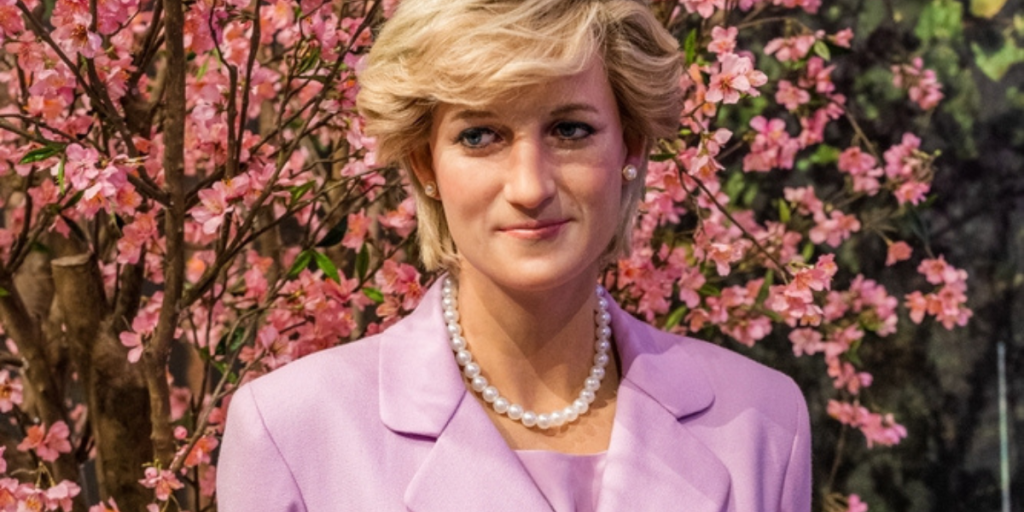Twenty-eight years after Princess Diana’s death, conspiracy theories continue to surround her tragic final hours. Here’s what the evidence really shows.
Others are reading now
Twenty-eight years after Princess Diana’s death, conspiracy theories continue to surround her tragic final hours. Here’s what the evidence really shows.
Diana’s death: a tragedy that still raises questions
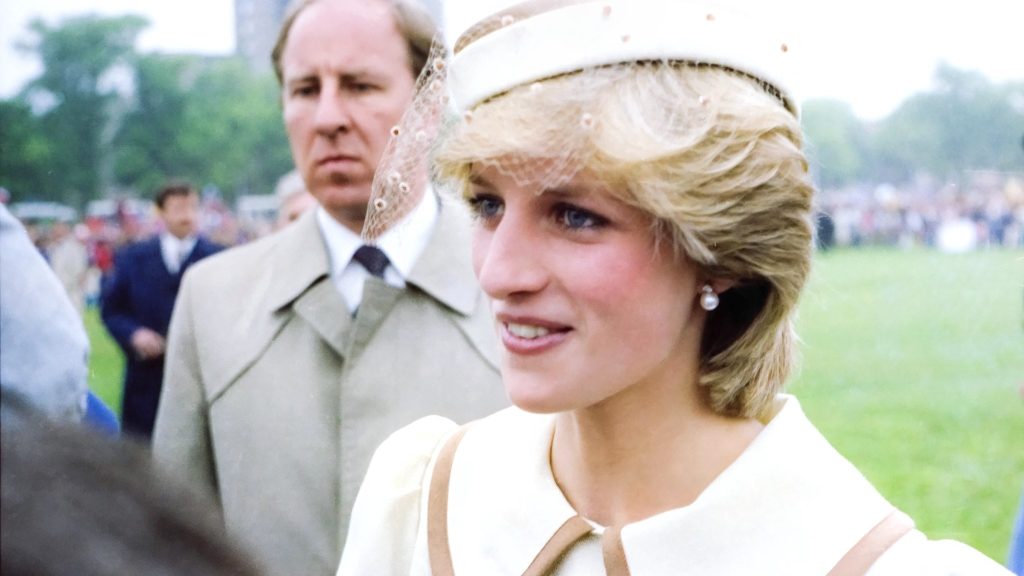
The death of Princess Diana in 1997 shocked the world and left an emotional scar on millions. The People’s Princess died in a car crash in Paris alongside Dodi Al-Fayed and their driver Henri Paul.
While official investigations ruled it a tragic accident, conspiracy theories quickly emerged — some pointing fingers at the paparazzi, others at the British establishment. In the years since, those theories have refused to fade.
What happened in the Pont de l’Alma tunnel?
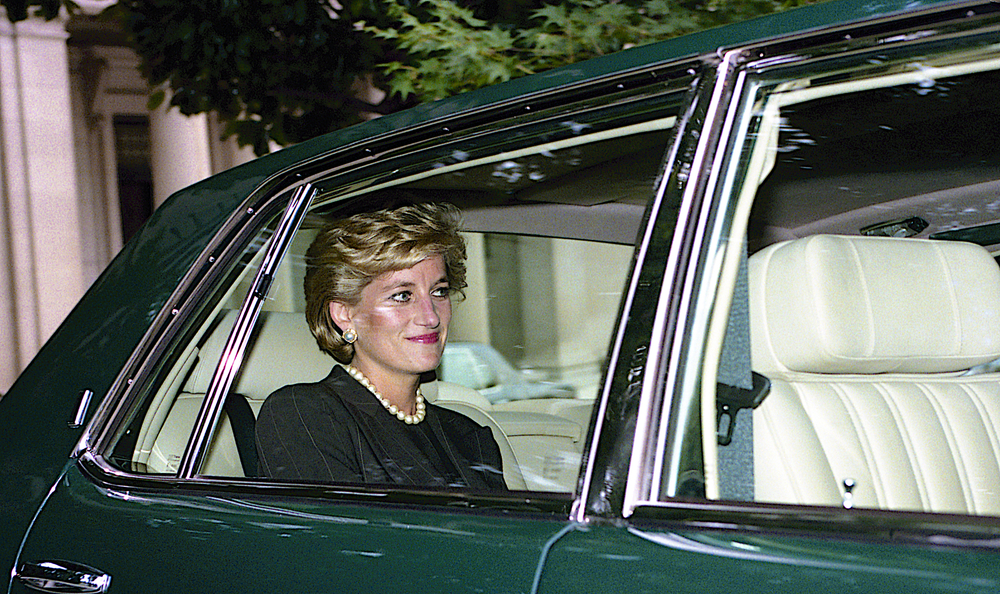
On the night of August 31, Diana and Dodi left the Ritz Hotel in Paris, pursued by paparazzi. Their driver, Henri Paul — later found to be over the legal alcohol limit — drove at high speed through the Pont de l’Alma tunnel.
The Mercedes struck a central pillar. Dodi and Henri died on the spot. Diana was critically injured and died hours later. She wasn’t wearing a seatbelt. Her bodyguard survived, but with serious injuries.
Also read
Operation Paget: the official inquiry into the conspiracy
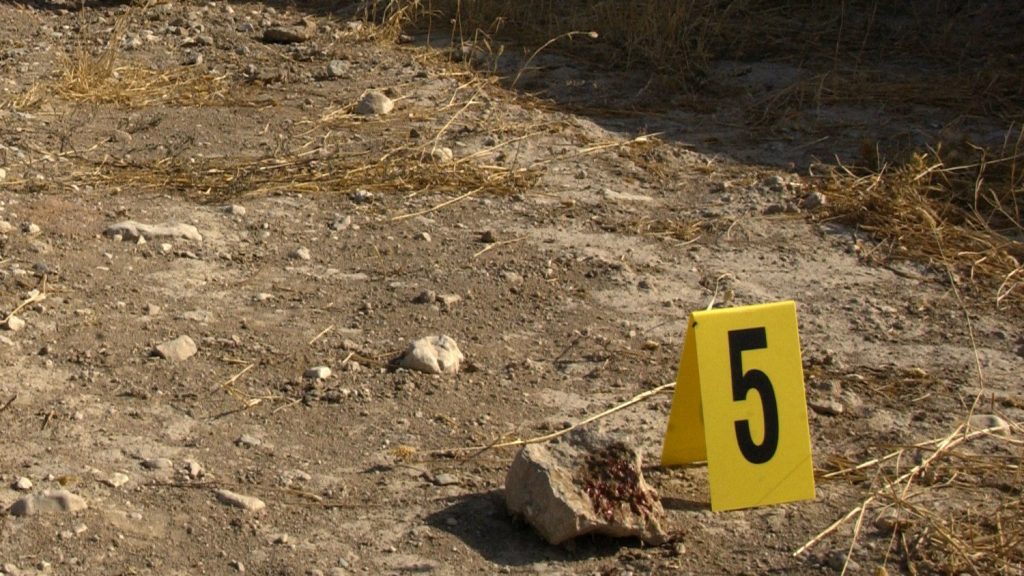
In response to growing public suspicion and pressure from Mohamed Al-Fayed, UK authorities launched Operation Paget in 2004. Led by Sir John Stevens and involving over 14 detectives, the investigation examined 175 allegations of foul play — including claims involving MI6, Prince Philip, and the Royal Family.
The team interviewed 300+ witnesses, reviewed medical and forensic records, and explored every known conspiracy. Its final report, released in 2006, ran nearly 900 pages.
Theory 1: Diana was pregnant and about to marry Dodi
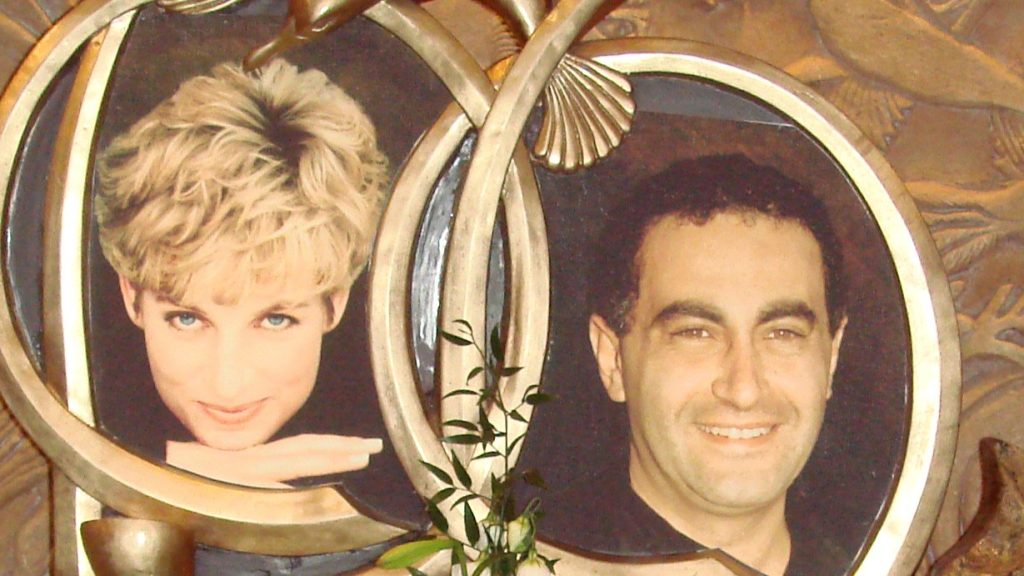
Al-Fayed claimed Diana was pregnant and that the Royal Family couldn’t accept a Muslim stepfather to the future king. However, Operation Paget found no biological evidence of pregnancy. Blood tests showed no pregnancy hormones, and friends testified she was using contraception. While Dodi had purchased a ring, no one confirmed a proposal.
Diana herself had reportedly dismissed the idea of remarrying, telling one friend, “I need marriage like a rash on my face.”
Theory 2: French emergency medics let her die
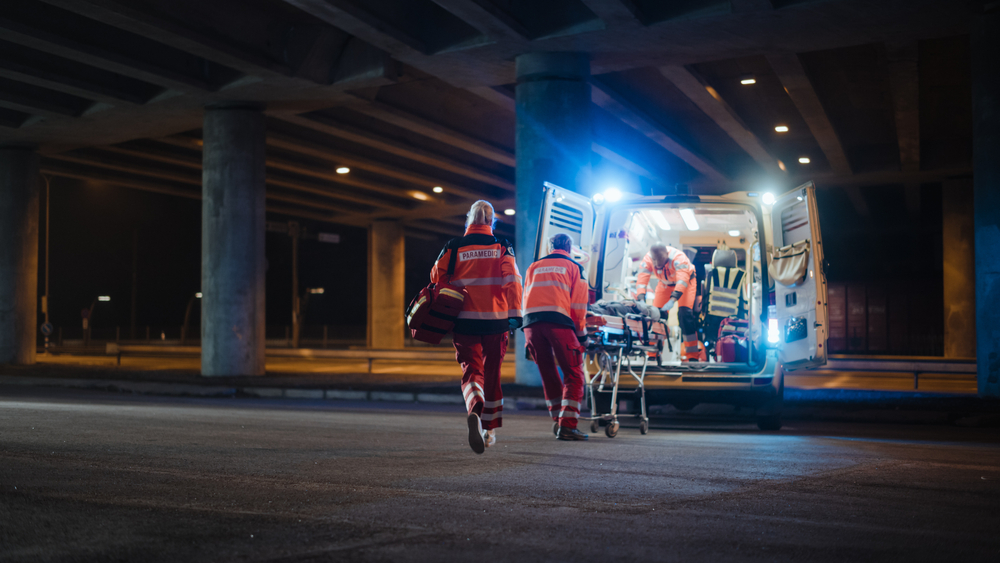
One theory suggests Diana was deliberately denied proper care at the crash scene, or taken to the wrong hospital. However, French emergency protocol prioritizes treatment at the scene over immediate transport, unlike UK practice.
Also read
Operation Paget found no evidence of delay or misconduct. The hospital Diana was taken to was the closest equipped to handle her injuries. Investigators concluded medics acted ethically and did everything possible to save her.
Theory 3: Henri Paul was part of a conspiracy
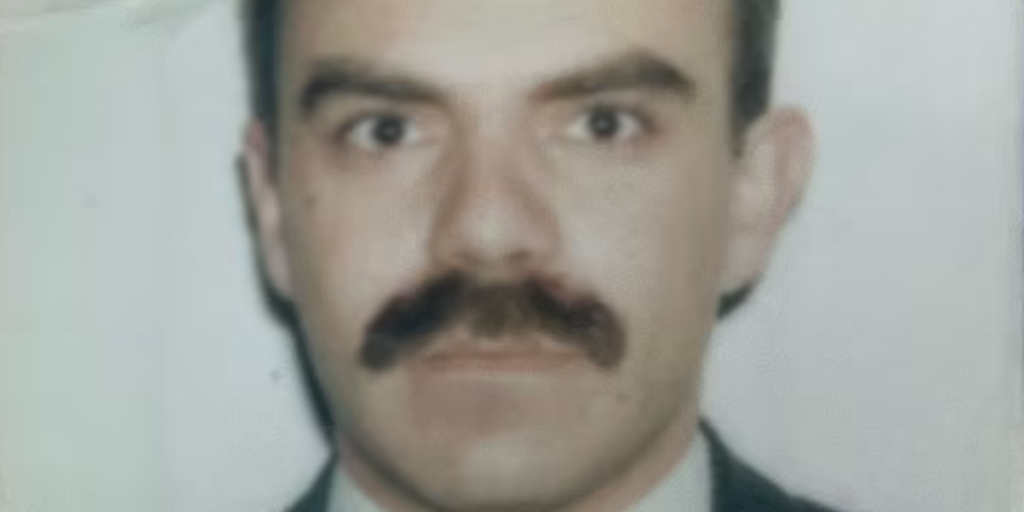
Claims emerged that Henri Paul, head of Ritz security, was on the payroll of British or French intelligence services and intentionally caused the crash.
But Operation Paget confirmed he had consumed alcohol and prescription drugs, impairing his ability to drive.
His presence as driver was a last-minute change, undermining theories of a premeditated plot. While he may have had minor intelligence ties in the past, there was no evidence he acted under orders.
Theory 4: The paparazzi caused the crash on purpose
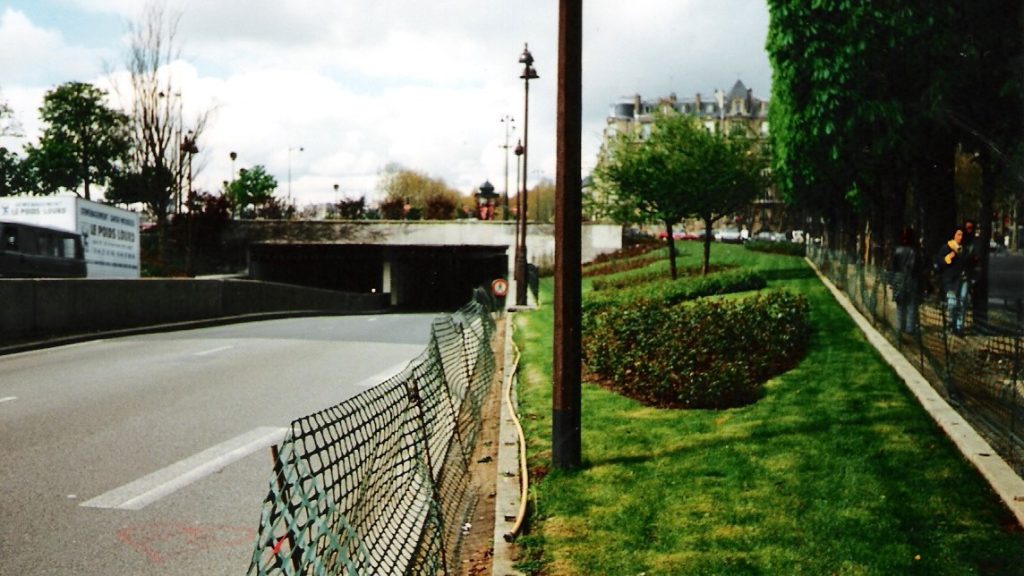
Some accused the chasing photographers of deliberately forcing the crash. While their presence was clearly a factor, Operation Paget and the 2008 UK inquest found no criminal conspiracy.
Also read
The photographers’ behaviour, though aggressive, was consistent with their typical conduct at the time. The official finding was that their pursuit contributed to the unsafe conditions, but they did not act with intent to harm.
Theory 5: A blinding flash and a mysterious Fiat Uno
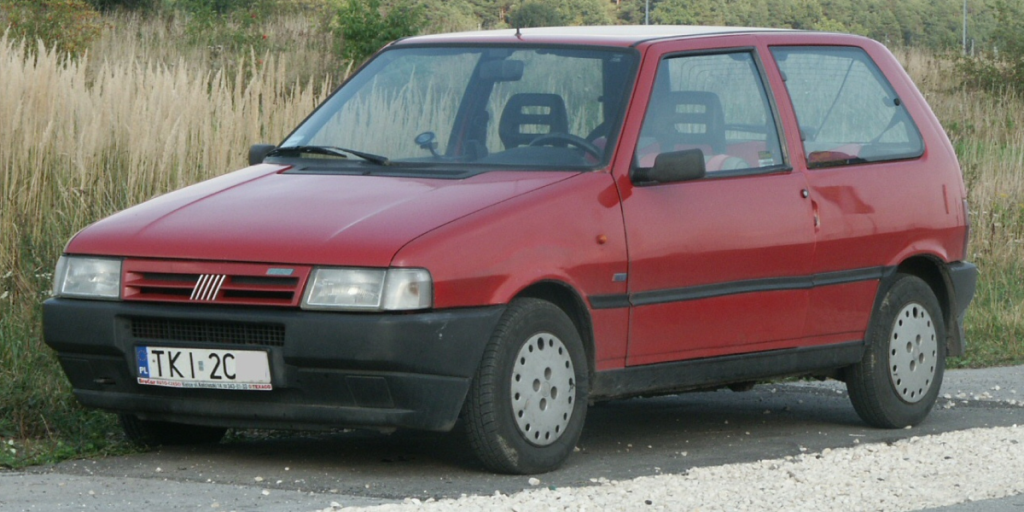
Several witnesses claimed to see a bright flash just before the crash — possibly used to disorient the driver — and forensic evidence suggested a white Fiat Uno collided with the Mercedes. Operation Paget acknowledged the Fiat.
However, investigators determined the flash likely came from camera flashes or headlights, not a targeted weapon. No credible link to intelligence agencies or sabotage was found.
Theory 6: The car was sabotaged before the crash
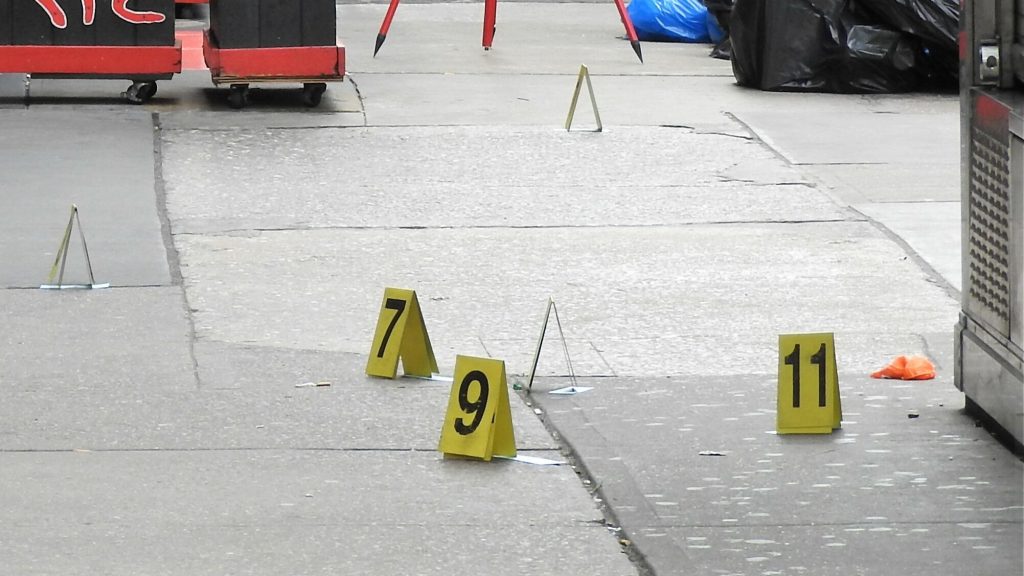
Some believe the Mercedes had been tampered with, pointing to rumours about faulty seatbelts. However,
French investigators confirmed the seatbelts were in working order. The more straightforward — and tragic — explanation was that Diana and Dodi were not wearing them. Operation Paget found no mechanical evidence of sabotage or interference with the vehicle prior to the crash.
Also read
Operation Paget: what it proved and why it matters
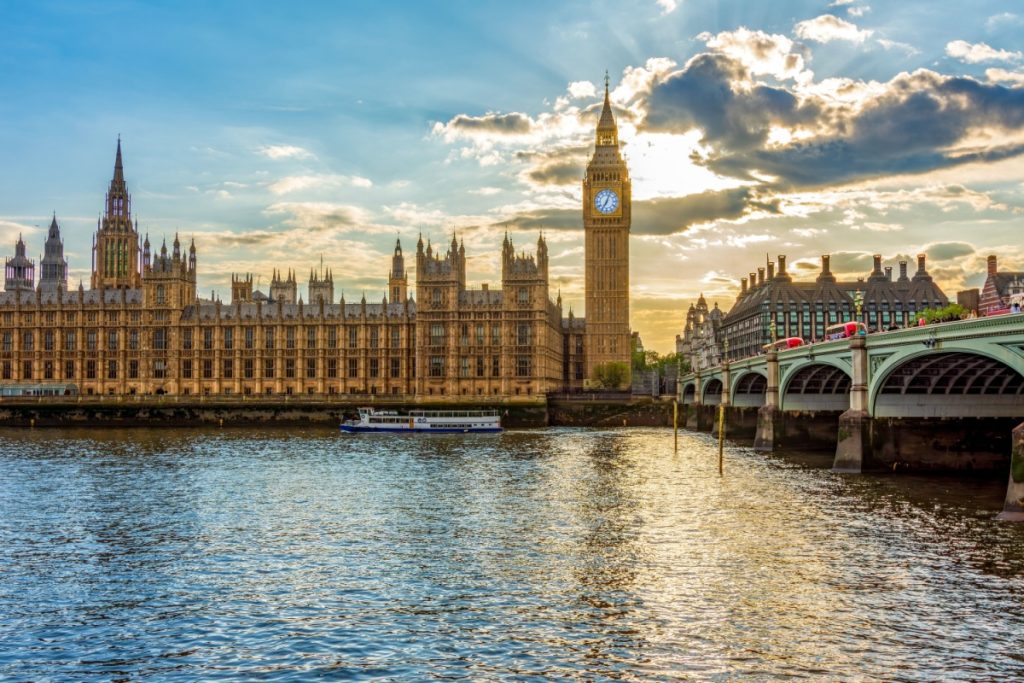
Operation Paget was one of the most extensive inquiries in British legal history. It debunked every major conspiracy theory surrounding Diana’s death.
It confirmed there was no pregnancy, no engagement, no MI6 operation, and no evidence of Royal involvement.
It showed the crash was the result of reckless driving, intoxication, paparazzi pressure, and a failure to wear seatbelts — not a hidden plot. Its transparency helped restore public trust in the official account.
What we now know — and what still lingers
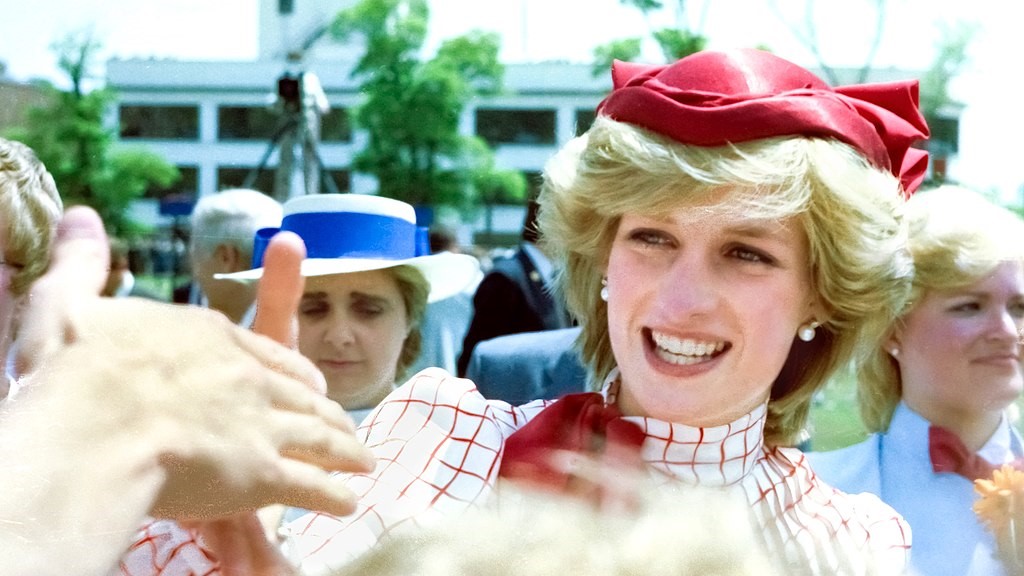
More than two decades on, the public fascination with Princess Diana remains powerful. While Operation Paget and the 2008 inquest answered the most serious questions, some people still question the truth.
The enduring belief in conspiracy reflects not just doubt in institutions, but the profound impact of Diana’s life and legacy. She was adored, watched, and — many believe — failed by those meant to protect her.
Also read
Diana’s story remains unfinished — in public memory
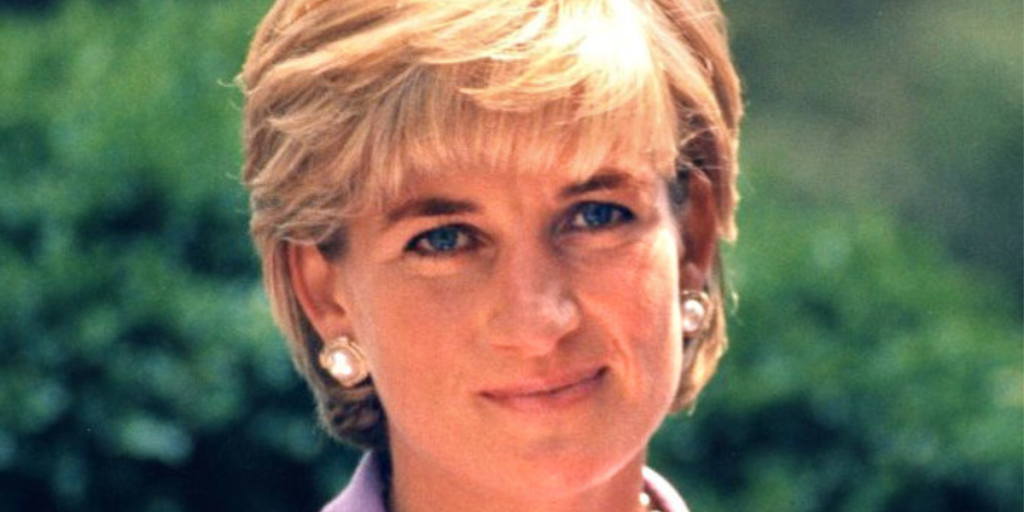
Princess Diana’s life, though cut short, became one of the most powerful cultural legacies of the 20th century. Her compassion, vulnerability, and defiance of royal convention continue to inspire.
In memory, she’s more than a figure in history — she’s a symbol of humanity inside institutions, and the woman who changed the monarchy simply by being herself. The questions may never fully disappear, but her impact speaks louder than any theory ever could.
Diana’s life retold in fiction — and reimagined in the Netflix series The Crown
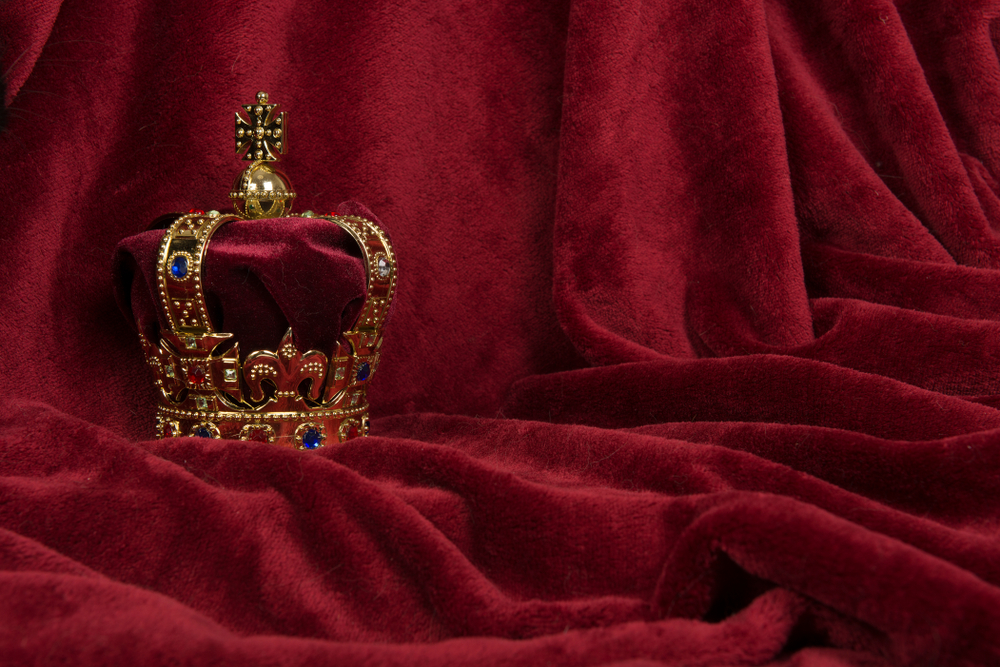
Princess Diana’s story has been introduced to new generations through the Netflix drama The Crown. Emma Corrin portrayed a young Diana in Season 4, while Elizabeth Debicki took on the role in Seasons 5 and 6 — covering her rise as a global icon, her struggles within the royal family, and the final years leading to her death.
While the series is dramatized, it reignited public interest in Diana’s life and legacy. Her portrayal reflects how her story continues to captivate — not only in politics and history, but through pop culture and artistic interpretation.
Twenty-eight years later, Diana’s legacy endures
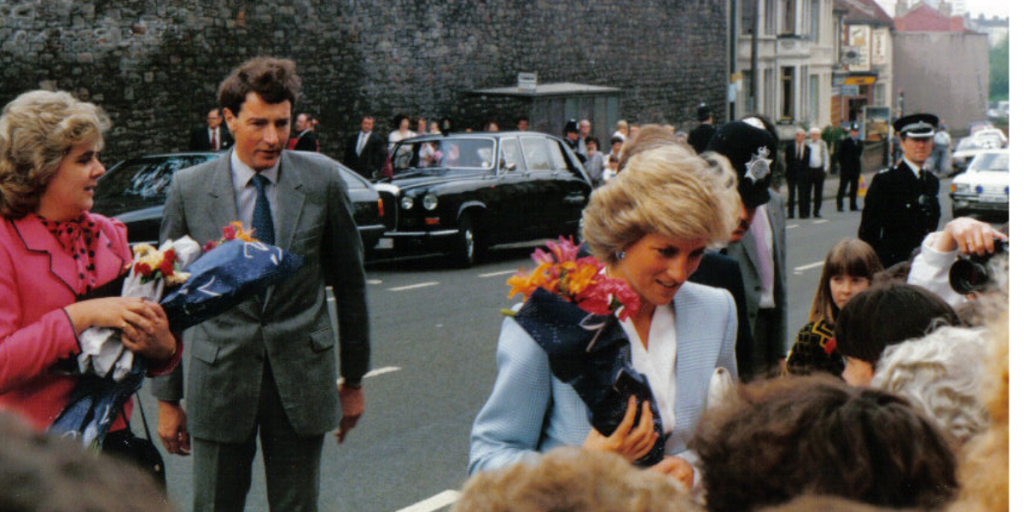
As of 2025, it has been 28 years since the death of Princess Diana. The pain of her loss remains fresh for many, and the unanswered emotional questions linger — even if the factual ones have been put to rest.
Also read
The official investigations, especially Operation Paget, offer clarity. But the fascination with her story — and the sadness of how it ended — remain a defining part of Britain’s recent history.
Sources:
– Operation Paget Report (Metropolitan Police, 2006)
– UK Inquest Verdict (2008)
– BBC, The Guardian, – Sky History TV Channel
– Netflix’s The Crown (Seasons 4–

